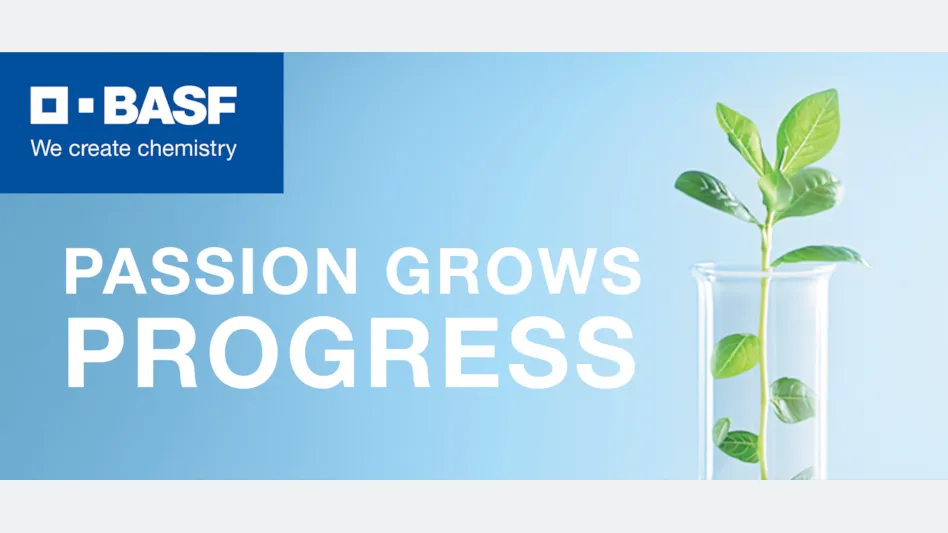
Mycorrhizal Applications
What are mycorrhizal fungi, and what do they do for plants?
Mycorrhizal fungi are soil microorganisms that colonize plant roots and form a mutually beneficial relationship. Mycorrhizal fungi can boost the “nutritional health” of our plants. The fungus essentially acts as an extension of the root system providing the plant with water and nutrients. In greenhouse and container-crop production, crops are grown in soilless media that do not contain mycorrhizal fungi, so they need to be added either by purchasing premixed growing media or applied during production.
When should growers apply mycorrhizal inoculants?
In general, an application made during propagation or before planting provides the maximum benefit. It takes time for the symbiosis to establish. The interaction requires communication between both plant and fungus. Since plants and microbes cannot “talk,” they communicate via an exchange of biochemical signals. It can take four weeks for colonization of plant roots to establish and up to eight weeks for benefits to be noticed. For this reason, the earlier symbiosis is established, the better the results. Also, early application in a smaller volume of growing media is cost effective, as less product is needed compared to application at later stages of plant growth. Plus, mycorrhizal fungi help plants tolerate stressors such as transplant stress. When applied early and before transplanting, mycorrhizal fungi significantly improve transplant success.

How should mycorrhizal inoculants be applied?
Mycorrhizal inoculants come in several formulations ranging from dry to liquid and can be applied using a diversity of methods and equipment. Depending on the formulation, products can be applied to unrooted cuttings, incorporated into growing media, used as a seed treatment or as a drench or dip. The short answer is whatever method is easiest to integrate into your production system is the one you should use.
What mycorrhizal species are best for growing operations?
The good news is that most mycorrhizal fungi found in commercial products are generalists and form associations with a broad range of plants. When selecting a product, it is important to look for evidence of established product performance. Has the product been on the market for a while, and are there reports of efficacy in technical magazines written by growers or independent researchers? Another factor is product quality regarding clear labeling and meeting label claims with respect to inoculum guarantee. A product with multiple species of mycorrhizal fungi is an added bonus. The plant turns its connection with different species of mycorrhizal fungi on and off throughout the growing cycle as the plant’s needs vary and the availability of nutrients fluctuates. Finally, does the producer offer on-farm technical support or provide testing services?
Are mycorrhizal fungal inoculants compatible with other microbial products?
Mycorrhizal fungi and their associations with plants naturally occur in the presence of other microorganisms including beneficial bacteria and fungi — some of which have been commercialized into biological control products. Researchers have reported on examples where biocontrol agents such as Trichoderma spp. act synergistically with mycorrhizal fungi. Manufacturers of biological products provide compatibility charts that growers can use to double check specific product combinations.

Explore the May 2024 Issue
Check out more from this issue and find you next story to read.
Latest from Produce Grower
- DENSO and Certhon introduce Artemy, a fully automated cherry truss tomato harvesting robot
- Landmark Plastic celebrates 40 years
- CropLife applauds introduction of Miscellaneous Tariff Bill
- UF/IFAS researchers work to make beer hops a Florida crop
- Nature's Miracle announces initial shipments of "MiracleTainer" series container farm
- Local Bounti opens new high-tech controlled environment agriculture facility in Pasco, Washington
- NatureSweet responds after ruling by U.S. Court of International Trade that invalidates tax on tomato imports from Mexico
- Former Danone executive becomes chief operating officer at NatureSweet





